Smilodon fatalis – The Hollywood Star

When most people think of saber-toothed cats, they picture this magnificent beast. Smilodon fatalis roamed California’s landscapes around 10,000 years ago, and thousands of their fossils have been discovered in the La Brea Tar Pits. These cats weren’t just impressive in size—they were built like tanks, with incredibly muscular bodies designed for taking down massive prey.
What made them truly terrifying was their hunting strategy. Unlike modern cats that rely on speed, Smilodon fatalis was an ambush predator that could take down giant ground sloths and even young mammoths. Their famous canine teeth could grow up to 7 inches long, making them nature’s ultimate daggers.
Homotherium serum – The Scimitar Cat

Meet the speed demon of the saber-tooth world. Homotherium serum had shorter, more curved canines that resembled scimitars rather than daggers. This design wasn’t just for show—it made them incredibly efficient hunters across the vast plains of North America. Their long legs and lean build allowed them to chase down prey over longer distances than their bulkier cousins.
These cats were also surprisingly social creatures, likely hunting in coordinated groups. Recent discoveries suggest they may have even denned together, raising their young in communal nurseries. Think of them as the wolves of the saber-tooth world, but with those deadly curved fangs.
Smilodon populator – The South American Giant
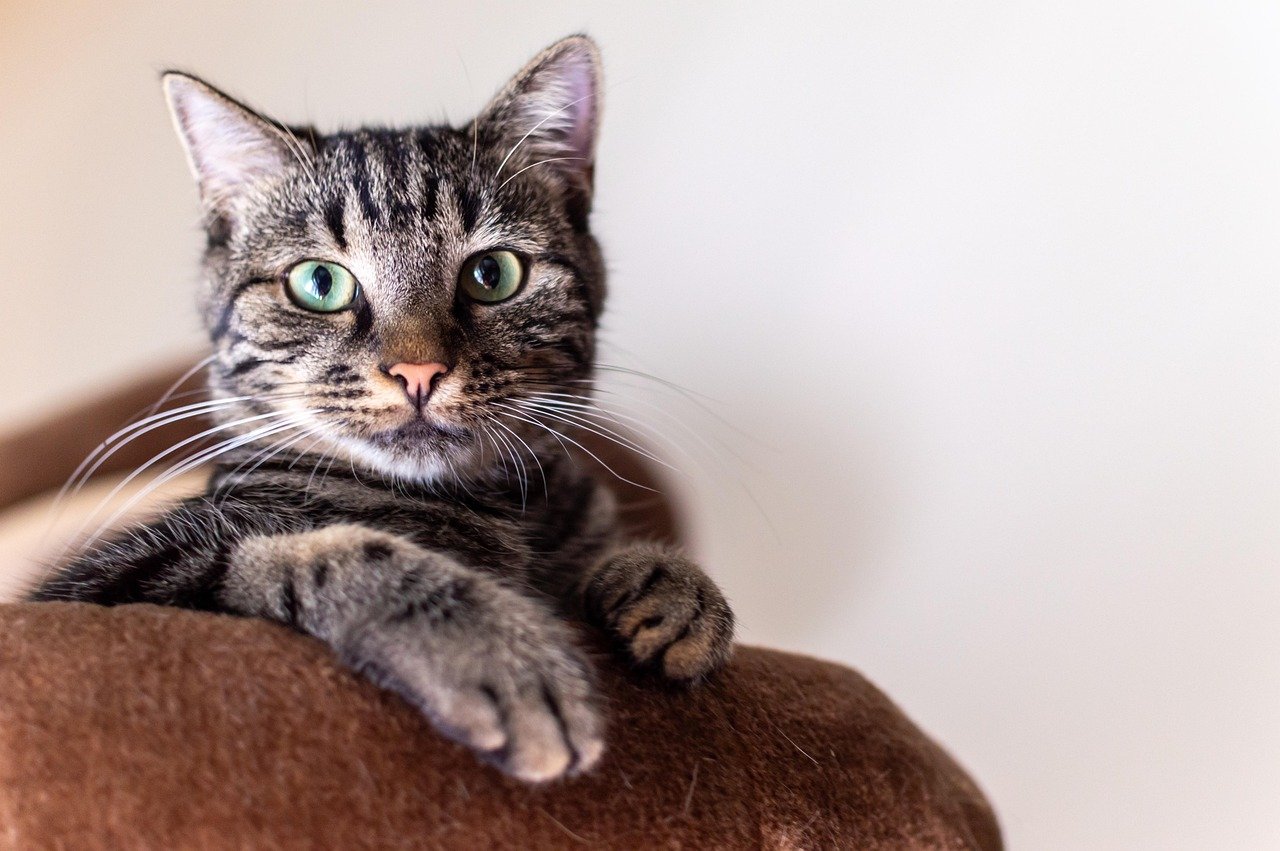
Though primarily known from South America, Smilodon populator occasionally ventured into North America during the Great American Interchange. This was the largest of all saber-toothed cats, weighing up to 880 pounds—nearly twice the size of a modern lion. Their massive skulls and incredibly robust build made them capable of taking down the largest prey animals of their time.
What’s fascinating is how they used their size advantage. Rather than relying solely on their saber teeth, they were powerful enough to wrestle prey to the ground using brute force. Their bite force was estimated at over 1,000 pounds per square inch, making them one of the most formidable predators ever to walk the Americas.
Xenosmilus hodsonae – The Cookie-Cutter Cat
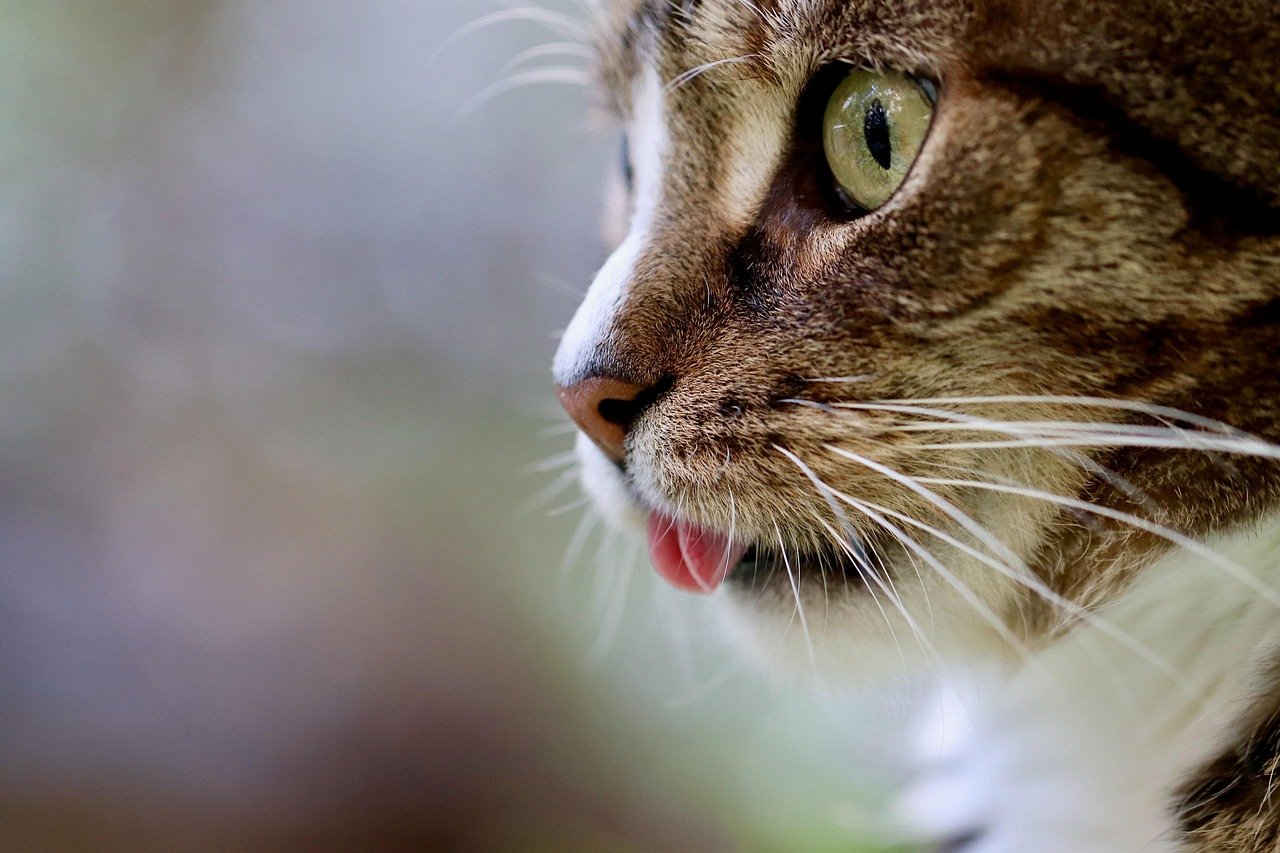
Discovered in Florida, Xenosmilus hodsonae earned its nickname from its unique serrated canine teeth that worked like cookie cutters. These cats lived around 1.8 million years ago and had a completely different hunting style from other saber-toothed species. Instead of deep stabbing wounds, they created wide, devastating cuts that caused massive blood loss in their prey.
Their stocky build and powerful shoulders suggest they were incredible wrestlers, capable of holding down struggling prey while their serrated teeth did their deadly work. Only a few specimens have been found, making them one of the rarest and most mysterious saber-toothed cats in the fossil record.
Barbourofelis fricki – The False Saber-Tooth

Here’s where things get interesting—Barbourofelis fricki wasn’t actually a true cat at all. This “false saber-tooth” belonged to a completely different family called nimravids, but convergent evolution gave them remarkably similar hunting tools. They lived much earlier than true saber-toothed cats, around 9 million years ago, and had some of the most extreme canine teeth proportions ever recorded.
What made them unique was their lower jaw, which had protective flanges that sheathed their massive canines when their mouths were closed. This design allowed them to have incredibly long teeth without risking damage during normal activities. They were nature’s first experiment with the saber-tooth design, perfecting it millions of years before true cats adopted the strategy.
Machairodus coloradensis – The Pioneer Predator

Machairodus coloradensis was one of the earliest true saber-toothed cats to establish itself in North America, arriving around 10 million years ago. These cats were the pioneers that proved the saber-tooth hunting strategy could work in North American ecosystems. Their moderately curved canines and robust build made them successful hunters of the diverse prey animals that populated the continent during the Miocene epoch.
What’s remarkable is how they adapted to North America’s changing environments. As forests gave way to grasslands, these cats evolved longer legs and more efficient running abilities. They were essentially the founding fathers of North American saber-tooth dominance, setting the stage for all the spectacular species that would follow.
Nimravus brachyops – The Short-Faced Hunter
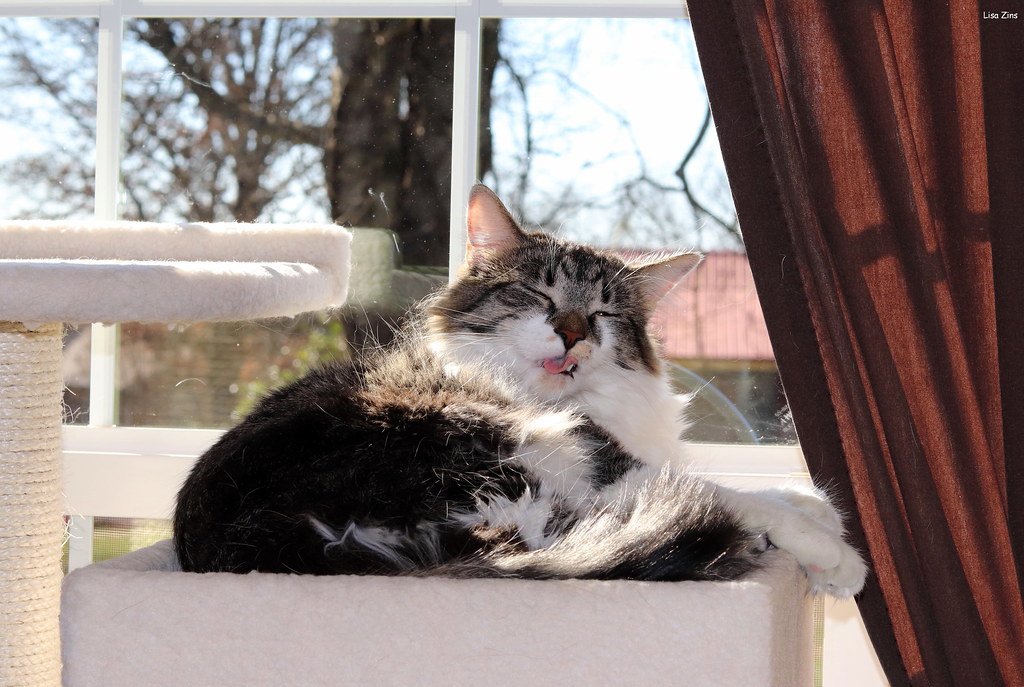
Nimravus brachyops had one of the most distinctive faces in the saber-tooth family—extremely short and broad, with massive jaw muscles that could deliver crushing bites. Living around 30 million years ago, they were among the earliest saber-toothed predators to develop the ambush hunting strategy that would define the group. Their compact build and powerful limbs made them perfect for tackling large prey in dense forest environments.
These cats were surprisingly small compared to later saber-tooths, about the size of a modern leopard, but their proportionally huge canine teeth made them formidable hunters. They represent an important evolutionary step, showing how early predators experimented with different combinations of size, strength, and fang design to find the perfect hunting formula.
Hoplophoneus primaevus – The Primitive Slasher

Hoplophoneus primaevus was built like a miniature version of later saber-toothed giants, but don’t let their size fool you. These cats, living around 35 million years ago, were incredibly efficient killers despite being only about the size of a modern lynx. Their proportionally large canine teeth and powerful neck muscles allowed them to deliver devastating slashing attacks to prey much larger than themselves.
What made them special was their incredibly flexible spine and powerful hindquarters, which gave them the ability to leap and pounce with remarkable precision. They were essentially the prototype for all future saber-toothed cats, demonstrating that the combination of stealth, power, and those deadly fangs was a winning evolutionary strategy.
Paramachairodus maximiliani – The Transitional Terror
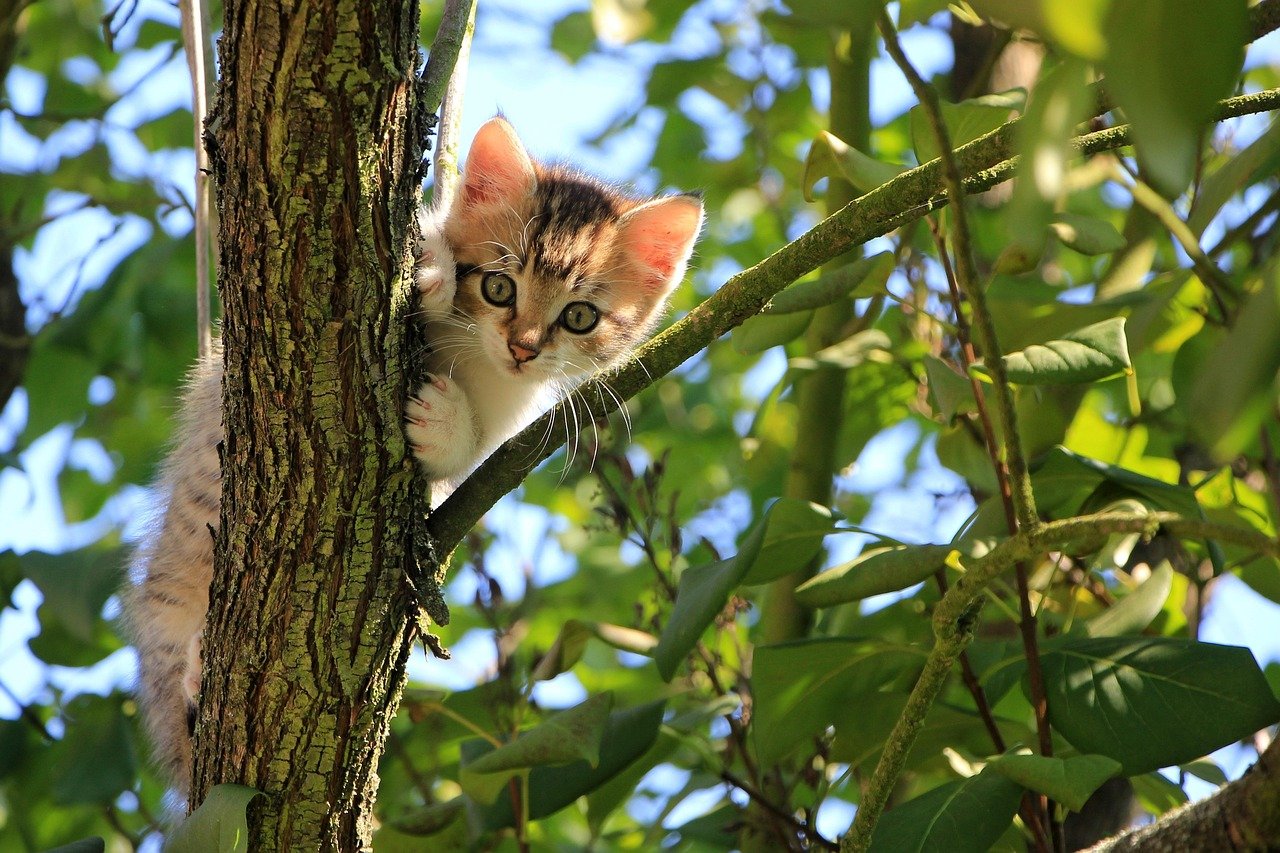
Paramachairodus maximiliani represents a crucial evolutionary link between early saber-toothed cats and the massive predators that would dominate North America millions of years later. Living around 12 million years ago, these cats had moderately developed saber teeth and a build that was perfectly balanced between power and agility. They were successful hunters in the changing landscapes of the Miocene epoch.
Their fossil remains show evidence of both solitary and group hunting behaviors, suggesting they were incredibly adaptable predators. This flexibility likely helped them survive environmental changes that drove other predator species to extinction, making them one of the most successful saber-toothed cat lineages in North American history.
Megantereon cultridens – The Knife-Toothed Killer
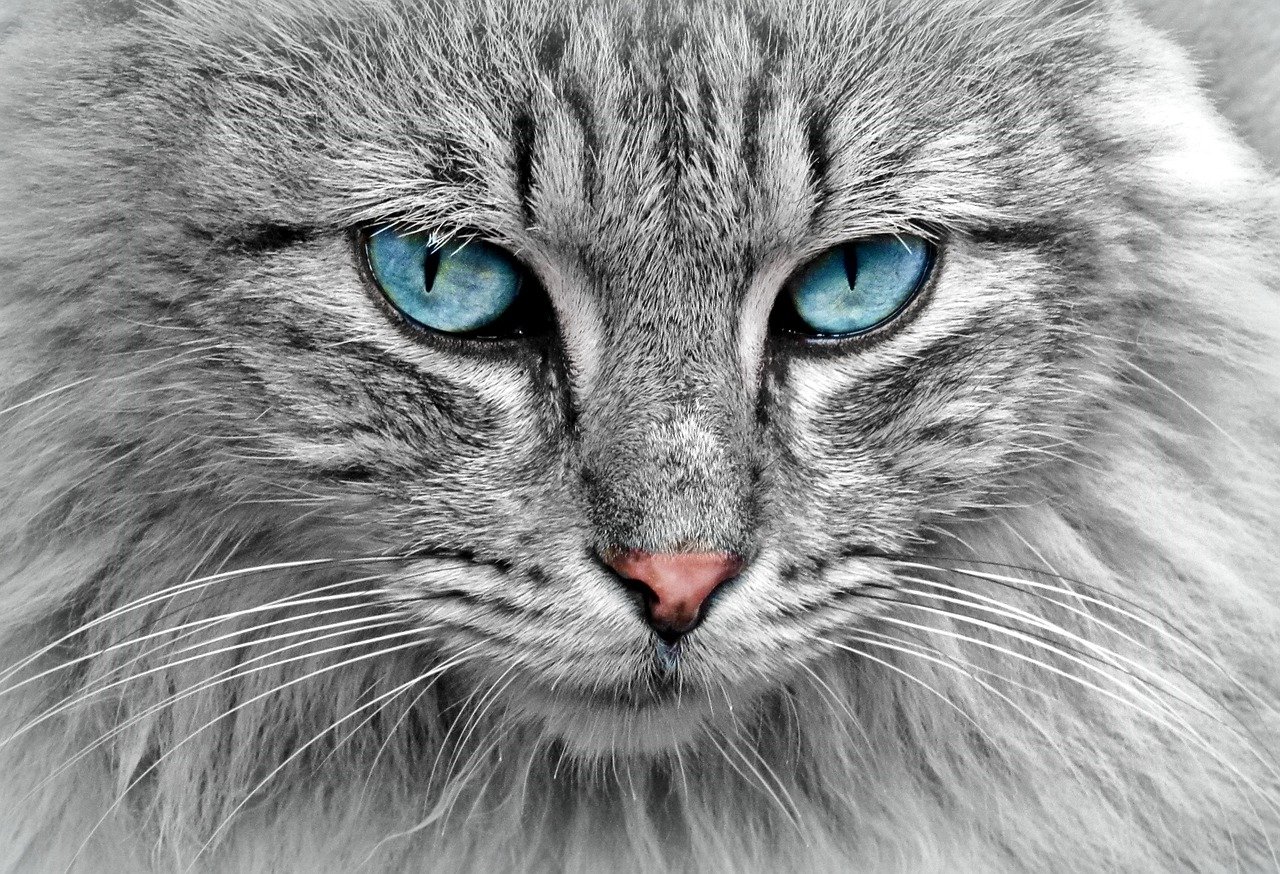
Megantereon cultridens lived up to its name with some of the sharpest, most blade-like canine teeth in the saber-tooth family. These cats were smaller than the famous Smilodon species but were arguably more efficient killers due to their incredibly precise hunting technique. Their teeth were designed for deep, surgical strikes that could sever major arteries with a single bite.
What made them particularly deadly was their incredible stealth and patience. Fossil evidence suggests they were ambush specialists who could wait motionless for hours before launching lightning-fast attacks. Their compact, muscular build allowed them to take down prey several times their own size, making them pound-for-pound one of the most effective predators in North American prehistory.
Conclusion
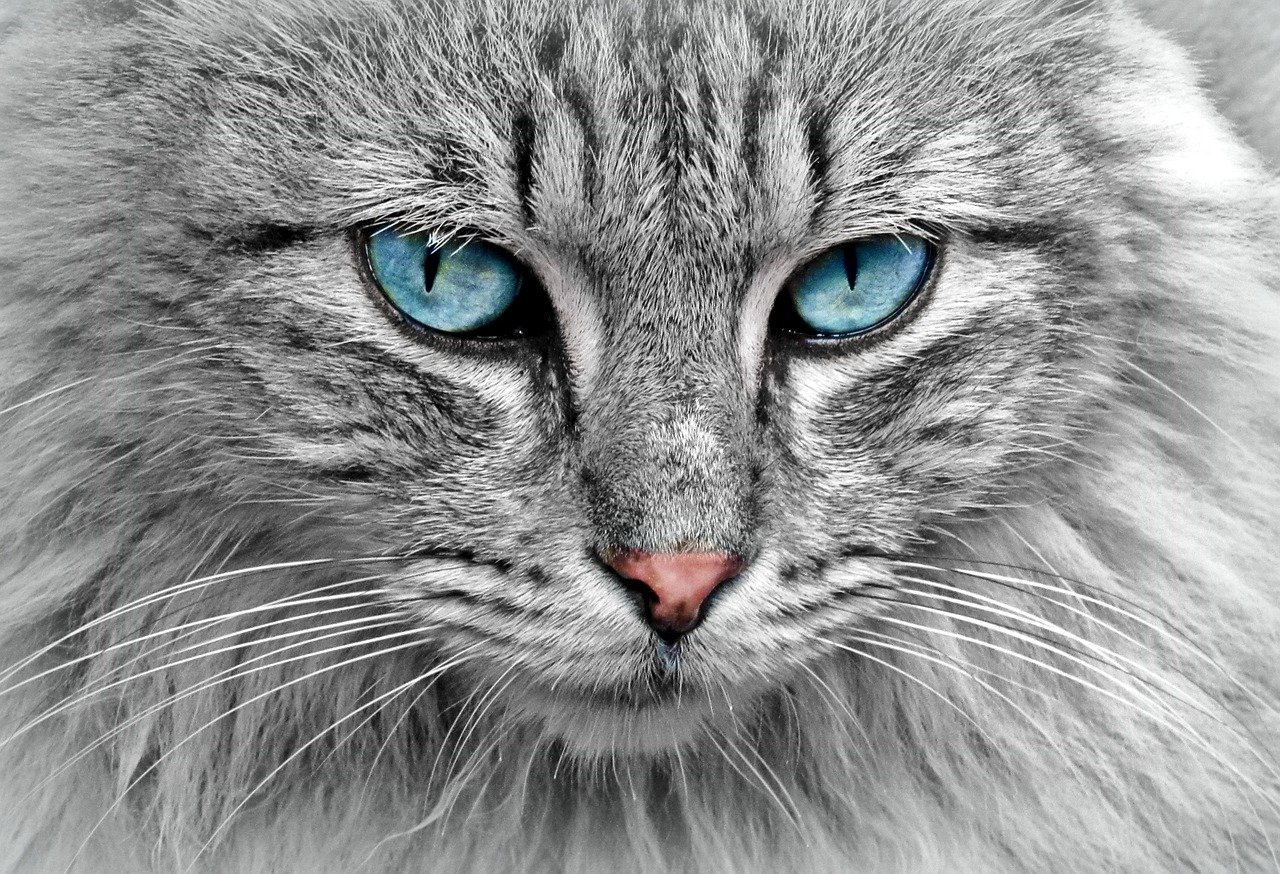
These ten magnificent predators ruled North America for millions of years, each perfecting their own version of the saber-tooth hunting strategy. From the massive Smilodon populator to the precise Megantereon cultridens, they demonstrate nature’s incredible ability to create diverse solutions to the challenge of being an apex predator. Their evolutionary success lasted far longer than humans have existed, proving that sometimes the most extreme adaptations are also the most effective.
The next time you see a house cat stalking a toy mouse, remember that they’re carrying on a hunting tradition that stretches back over 30 million years. These ancient cats may be gone, but their legacy lives on in every feline that walks the earth today. Which of these prehistoric predators would you have been most curious to observe in their natural habitat?
Hi, I’m Bola, a passionate writer and creative strategist with a knack for crafting compelling content that educates, inspires, and connects. Over the years, I’ve honed my skills across various writing fields, including content creation, copywriting, online course development, and video scriptwriting.
When I’m not at my desk, you’ll find me exploring new ideas, reading books, or brainstorming creative ways to solve challenges. I believe that words have the power to transform, and I’m here to help you leverage that power for success.
Thanks for stopping by, Keep coming to this website to checkout new articles form me. You’d always love it!






